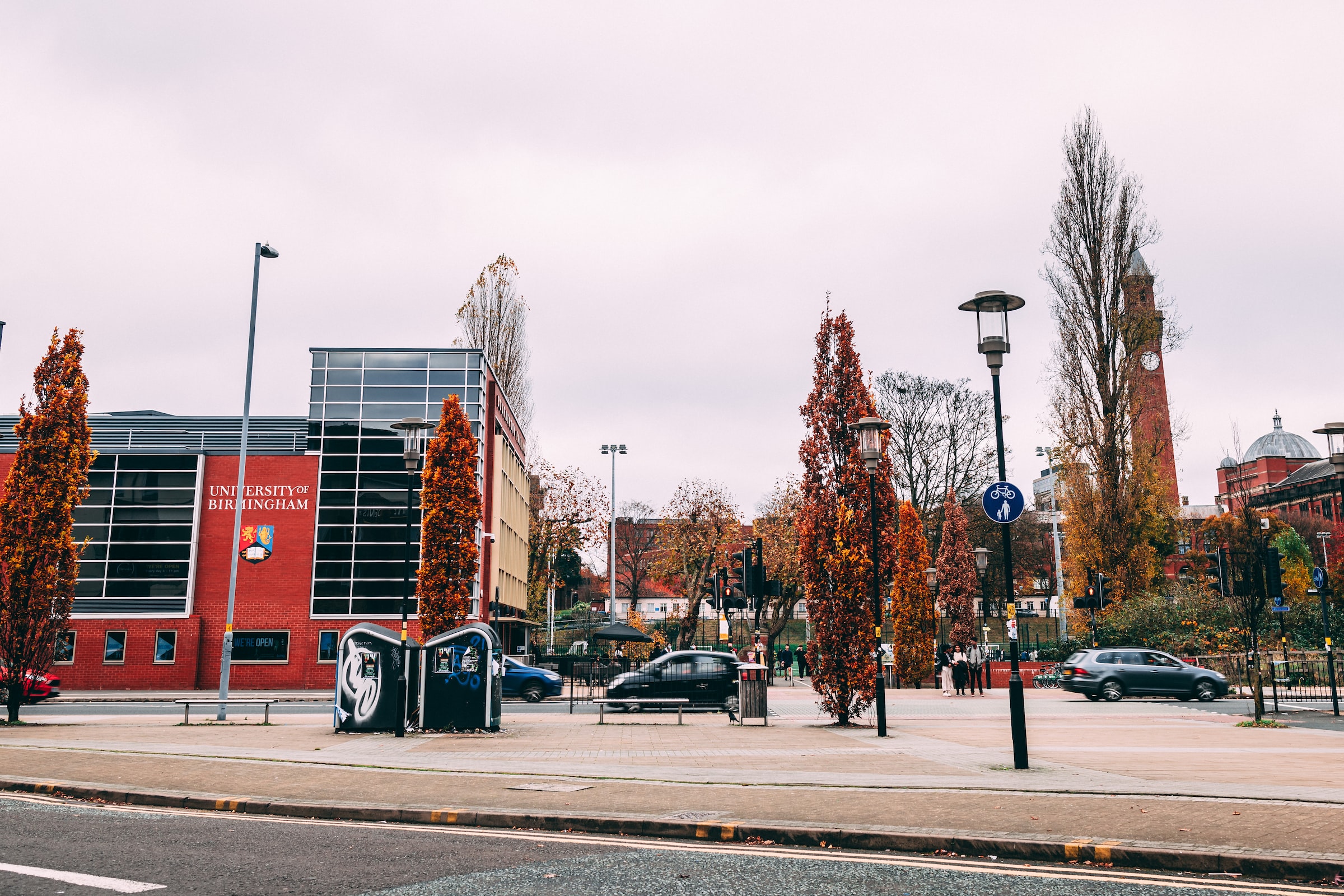
Travel Editor Aimée Calvert discusses the implications of tourism restrictions on wildlife conservations
There is no denying that an almost complete halt in air travel has had significant effects on our planet. With only ‘essential’ air travel being permitted during the pandemic, tourism across the world has been severely impacted. This decline has led to many companies fearing for the survival of their organisations.
In particular, this drastic decrease in global tourism has threatened wildlife conservation efforts. For instance, safari workers in Botswana have reported an increase in poaching in their nature reserves. Initially, their usual safari tours throughout the parks would have acted as an effective deterrent for the illegal poachers. However, the cancellation of many safaris has introduced an even higher threat to the critically endangered species. Black Rhinos, whose numbers are estimated to be below 6,000 worldwide, have had to be temporarily relocated from the wildlife hotspot the Okavango Delta in order to preserve their already declining numbers.
With the current tourism restrictions in place, it will become harder to protect these animals.
Authorities in India have also reported that poaching within the country has almost doubled since lockdown began. Many Anti-Poaching Units across the globe rely on tourism as their main source of funding. However, with these current tourism restrictions in place, it may become harder to protect these animals. Though some positive consequences have also arisen from these changes. For instance, restrictions placed on beach-going and holidaying have left conservationists in Florida stunned by the increase in Sea Turtle nests across the coast.
This glimpse into a freer wildlife could encourage a discussion as to how parks can mitigate their disturbance
National parks across America have reported an influx of animals into their areas since their closure in late March. America’s National Parks saw a staggering 327.5 million recreational visits in 2019 and with a complete halt in visitors, animals are able to roam free away from prying eyes. Death Valley National Park staff have reported sightings of Pronghorn Antelope near the park’s headquarters for the first time in decades. With National Parks gradually re-opening, the animals will begin to retreat deeper into the parks away from tourists. This glimpse into a freer wildlife could encourage a discussion as to how parks can mitigate their disturbance to these animals.
As the government begin the transition back into normal life, it is important to consider how this decline in tourism has affected wildlife. Humanity needs to strike a balance. Most crucially, between ensuring that tourism continues for organisations protecting endangered species, and without reversing the positive changes that have been achieved during the pandemic. It is vital that we reconsider the ways we travel. This will ensure we see more of these positive environmental changes across the globe in much more pleasant circumstances.
For more articles on tourism, check out the links below:
Why To See Venice In The Winter: Overtourism and Escaping The Winter Blues
Comments